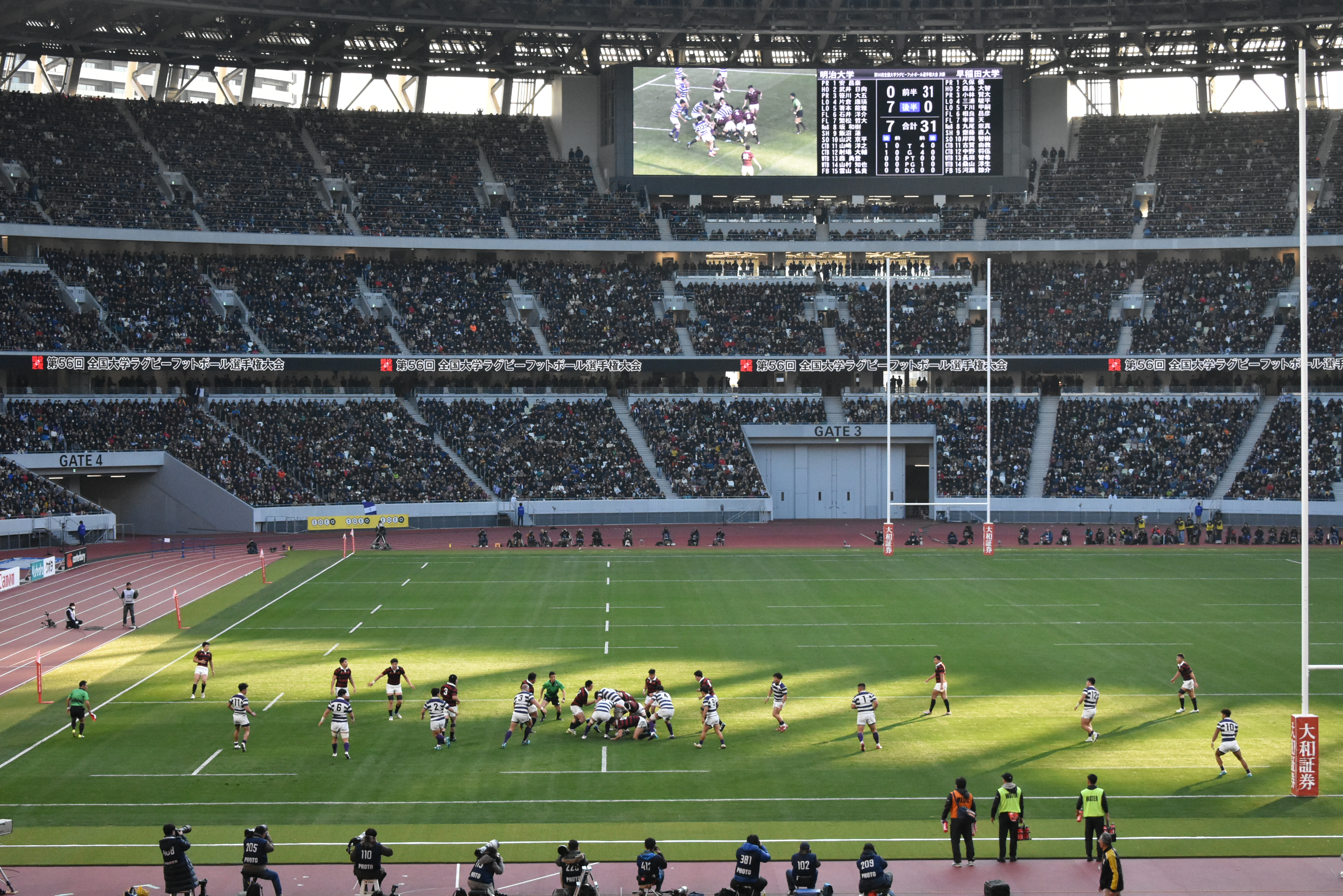|
Athletics At The 1964 Summer Olympics – Men's 400 Metres Hurdles
The men's 400 metres hurdles was the longer of the men's hurdle races in the Athletics at the 1964 Summer Olympics program in Tokyo. It was held on 14 October, 15 October, and 16 October 1964. 39 athletes from 26 nations competed, with 1 more not starting in the first round. The maximum number of athletes per nation had been set at 3 since the 1930 Olympic Congress. The first round was held on 14 October, with the semifinals on 15 October and the final on 16 October. The event was won by Rex Cawley of the United States, the nation's sixth consecutive and 11th overall victory in the men's 400 metres hurdles. For the first time since 1952, the Americans did not sweep the event. John Cooper earned Great Britain's first medal in the event since 1928 with his silver; Salvatore Morale took Italy's first-ever medal in the 400 metres hurdles with his bronze. Background This was the 13th time the event was held. It had been introduced along with the men's 200 metres hurdles in 1900, w ... [...More Info...] [...Related Items...] OR: [Wikipedia] [Google] [Baidu] |
Olympic Stadium (Tokyo)
The Japan National Stadium, officially named and formerly known as or , is a multi-purpose stadium used mostly for association football in Kasumigaokamachi, Kasumigaoka, Shinjuku, Tokyo, Japan. The facility served as the main stadium for the opening and closing ceremonies, as well as the venue for track and field athletics events at the 2020 Summer Olympics and 2020 Summer Paralympics in 2021. Demolition of the National Stadium (Tokyo, 1958), old National Stadium was completed in May 2015, allowing for the construction of the new stadium to begin on 11 December 2016. The original plans for the new stadium were scrapped in July 2015 by Prime Minister of Japan, Japanese prime minister Shinzo Abe, who announced a rebid after a public outcry prompted by increased building costs. As a result, the new design was not ready for the 2019 Rugby World Cup, as originally intended. A new design created by architect Kengo Kuma was chosen in December 2015 to replace the original design, ... [...More Info...] [...Related Items...] OR: [Wikipedia] [Google] [Baidu] |
